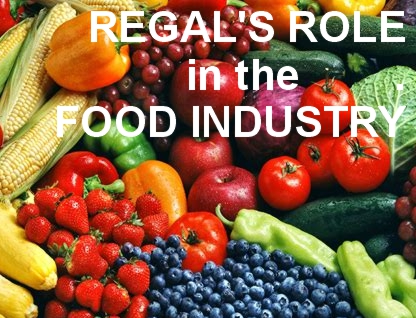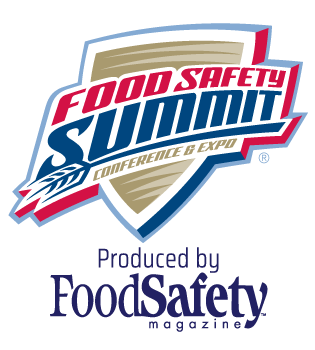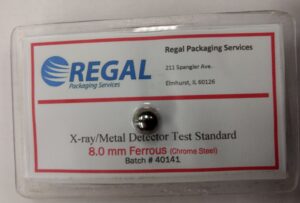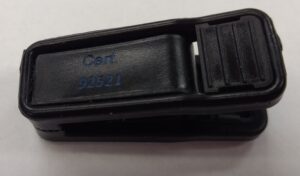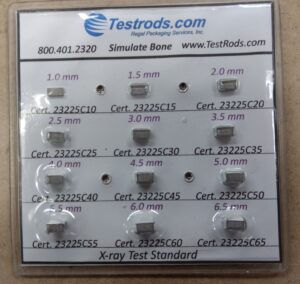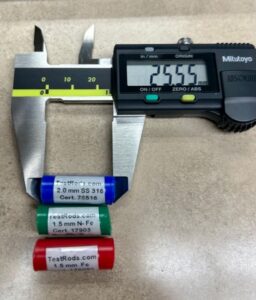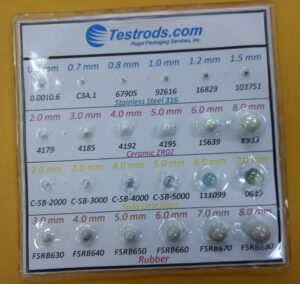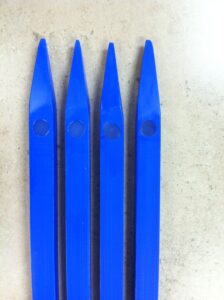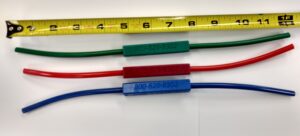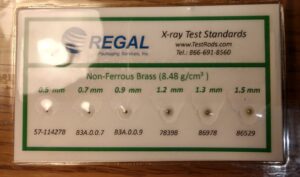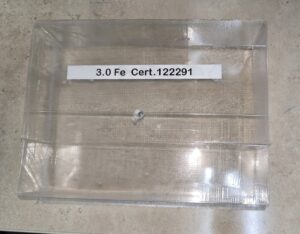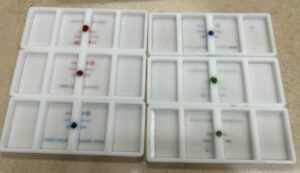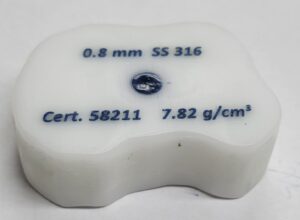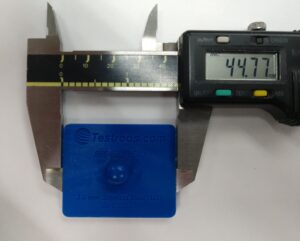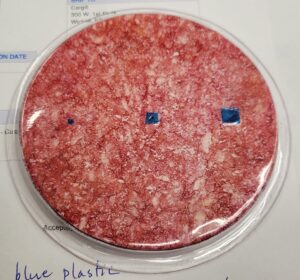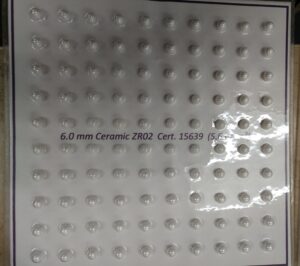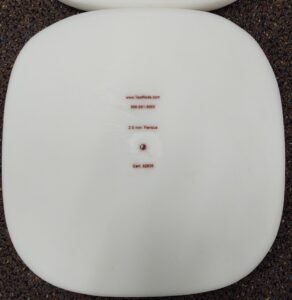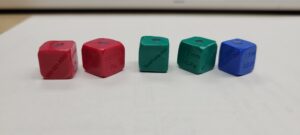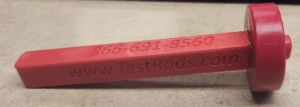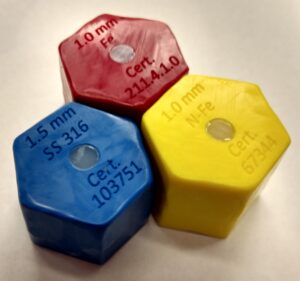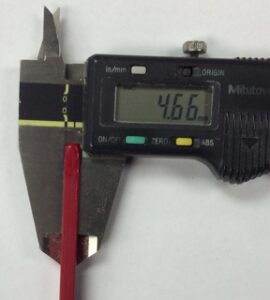
50 Famous Food Quotes
February 1, 2024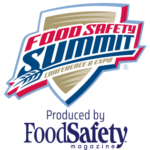
Join us at Food Safety Summit 2024
March 13, 2024 What Kind of People Are Needed in the Food Industry?
What Kind of People Are Needed in the Food Industry?
In the food industry, there is a great deal of discussion about food safety programs, good manufacturing processes, HACCP requirements, government regulations and consumer satisfaction. But if the right kind of people aren’t administrating, watching over and guarding all these things, then what’s on paper doesn’t mean a great deal. That means that not every candidate for a job will truly be qualified simply because they have a degree in food safety, whether it’s a bachelor’s degree, master’s degree or even a PhD. In fact, there are times when you might consider hiring someone who doesn’t have a degree further than a high school diploma.
In the food industry, you might consider using the following acrostic when you’re evaluating the people on your production team. Perhaps your efforts will go on without a HICCUP:
HONESTY
Finding an employee who is honest may seem like a no-brainer, but honor is a hard-to-come-by character trait to find. In general, the culture in the U.S. has shifted from an objective truth-based society to a thought process that often assumes that “my truth” may not be the same as “your truth.” In other words, what you think is important is what is critical to each person on the line.
An honest team member follows the guidelines of your HACCP plan and helps guarantee your product makes it safely to the marketplace. He or she will never be afraid to tell you what’s wrong on the production line, or what needs improvement.
INTEGRITY
Another closely related trait is integrity. The definition of integrity is “firm adherence to a code of especially moral or artistic values.” fromf integrity isn’t the kind who steals a little bit here and there from the company. And it means your team members are looking out for each other and placing the needs of others above their own. They are not likely to let things slide that should be taken care of “right now.” Ultimately, they want your customer to be treated the same way they would treat themselves. Integrity is especially important to us here at Regal Packaging Services.
CONSISTENT
Consistency is a character trait that helps define the safety of your product. If what everyone does is the same every time, then not only will your team be consistent, but so also will be the quality of your product. It’s the reason Henry Ford first developed the assembly line. He knew that a well-oiled production process would produce a consistent, quality car.
You’ll have the same benefit. When the customers pick your brand off the shelf, they will be certain of what they’re getting. And you know you’re getting a full day’s work from the team. They clock in on time and are willing to work a full schedule without wasting time.
Consistency is what we help our clients to achieve with DetectorAudits.
CAUTIOUS
Great care needs to be taken in the food industry. As a result, someone who doesn’t care about the safety of the product before it ever leaves the plant is like the proverbial albatross, a dead weight on the company. A good team spots the places that need to be cleaned, the areas that may be hazardous and they watch out for one another.
Their eyes are open, to capture and mitigate any potential problems, whether it’s the materials (ingredients) coming into the plant, the equipment or even the people with whom they work. The end consumer is treated the same way you want the product to end up on your very own table.
UNRELENTING
A tenacious attitude is almost a prerequisite for working in the food industry. Eyes must be wide open at all times, so to speak. Someone who works as well at the end of a shift as they did when the shift started can create and infect the entire line with enthusiasm and passion. An appetite for excellence and a thoughtful desire to serve the end customer can take the monotonous routine of a food processing line and turn it into a team of energized workers wanting the best products on the shelf at the local grocery store.
PROBLEM SOLVER
And the “HICCU” brings to our last quality — Problem Solving is a huge bonus. Someone who can actively see a potential problem before it rears its ugly head gives an even greater advantage. This person sees the food industry not just as a job, but a profession. They take J.R.R. Tolkien’s philosophy, when he said, “If more of us valued food and cheer and song above hoarded gold, it would be a merrier world.”
That’s why at Testrods.com we’re helping you ensure that quality food brings the best cheer and songs and we know it’s people, not the safety programs, good manufacturing processes, HACCP requirements, or government regulations that make good, safe food possible. At the end of the day, with the right people on the right seat on the bus, there shouldn’t be a single HICCUP.

